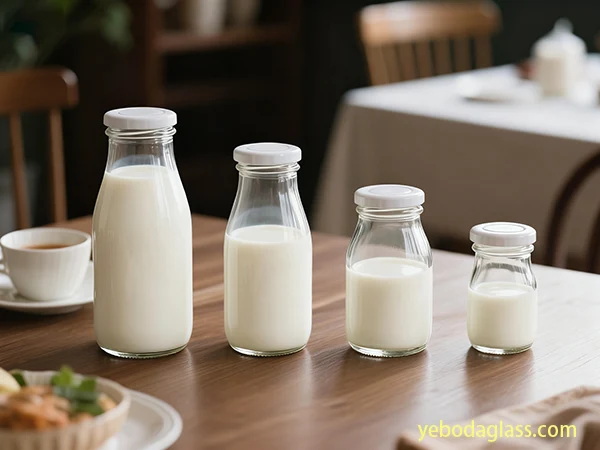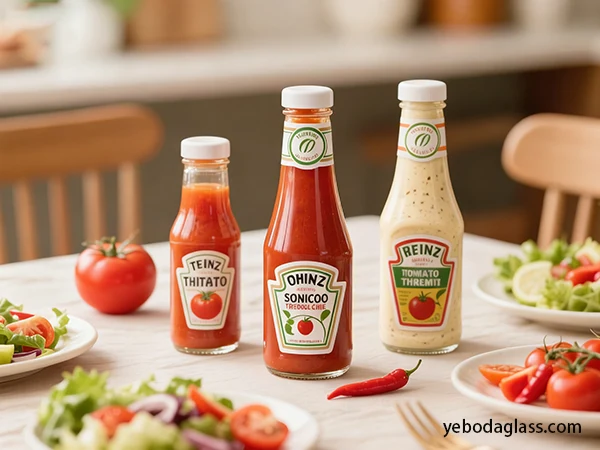Introduction
Ever located yourself looking at a cold beer, yearning that first crisp sip, but caught with a cussed bottle cap and no opener in sight? In this guide, we’ll stroll you through easy, secure approaches to pop that cap—the usage of everyday objects you likely have already got on hand. No fancy tools required, just easy hints to get your beer open and for your hand faster. Let’s dive in and solve that “how to open a beer bottle” catch 22 situation once and for all!
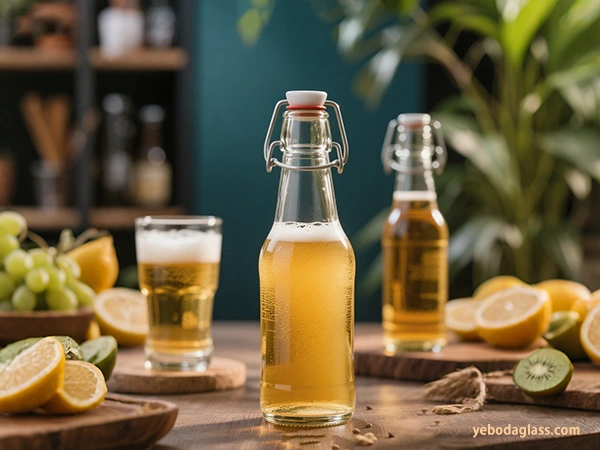
Bottle cap type and opening principle
Understanding the types of beer bottle caps and their mechanical principles will help you open the bottle caps more effectively and deepen your understanding of daily engineering design.
Standard Crown Cap
The crown cap was invented by William Paynter in 1892 and completely changed the way bottles are sealed, especially for carbonated beverages. It originally had 24 teeth, and later developed into an international standard of 21 teeth. The internal liner also developed from cork to PVC-free materials.
- Sealing mechanism: Through the crimping process, the edge of the metal shell presses against the bottleneck to form a mechanical interlock. The internal liner is compressed at the mouth of the bottle to ensure airtightness and leakproofness, and has tamper-proof function.
- Material science: Usually made of tin-plated steel, the liner (now mostly PVC-free) is used for airtight sealing to prevent gas escape and contaminants from entering, and some have oxygen barrier properties.
- Opening mechanism: requires a corkscrew to pry open, applying torque to break the seal.
Twist-Off Crown Cap
The twist-off crown cap is a variation of the crown cap, invented in the 1960s. It has an indentation or score around the edge that allows it to be twisted open by hand. Some winemakers consider it a less oxygen barrier than the traditional crown cap, and it has been associated with lower quality products. Designed around threads rather than pressed flanges.
Screw Cap
The screw cap seals by matching the threads of the bottle neck, and was introduced in the 1930s as a convenient alternative to the crown cap. Early metal, later plastic became popular.
- Sealing mechanism: The screw cap engages with the threads of the bottle neck, and the internal liner is compressed to form a seal against the bottle mouth. Some have tamper-evident bands.
- Material Science: Usually metal or plastic. The liner is made of a variety of materials, such as foam, plastic, rubber, etc., providing different sealing, chemical resistance and barrier properties.
- Opening Mechanism: Designed to be twisted open by hand, no corkscrew required. Threads and knurled grids make opening easy.
Lever: The physical basis of bottle opening
The key to how to open a beer bottle is actually the principle of lever. Ordinary bottle openers are secondary levers, with the fulcrum at the edge of the bottle cap. Gripping the handle to exert force is labor-saving and easy to pry. Like a strip blade, it is considered a primary lever, with the fulcrum also at the edge of the bottle cap, but you have to exert force downward, which is a little more difficult. The longer the handle, the less effort it will take. If the fulcrum is found correctly, it will be easy to pry without slipping. Another interesting phenomenon is that the “bang” sound when opening a carbonated beverage is caused by the sudden expansion of carbon dioxide and air, which causes the bottleneck to vibrate. The sound is loud but fleeting.
Best Practices for Standard Corkscrews
Using a dedicated standard corkscrew is the most efficient and safe way to open crown cap bottles.
Application of Lever Principle and Corkscrew Design
Standard corkscrews use the second-elegance lever principle, with one cease of the corkscrew clamped on the brink of the bottle cap as a fulcrum, the bottle cap because the load, and the cope with making use of pressure to maximise the mechanical gain.
- Handle Design and Grip: Ergonomic handles offer a cushty grip, lessen strain, and make certain secure pressure transmission. Rubber or silicone can increase grip.
- Lever Length: The longer the deal with, the more the leverage and the less difficult it’s far to open the bottle.
- Material Strength and Durability: Stainless steel is desired because it’s far strong, long lasting, and rust-resistant.
Operation Steps and Tips
Hold the bottle firmly: Hold the neck of the bottle firmly with your non-dominant hand to make certain balance. Position the corkscrew: The fringe of the corkscrew is clamped beneath the bottle cap, and the fulcrum is firmly towards the pinnacle fringe of the bottle cap. Apply leverage: Hold the cope with with your dominant hand, follow consistent pressure downward or upward, and use the lever to pry up the bottle cap. Listen for a “pop”: When the bottle cap is pried open, the carbon dioxide fuel is launched to produce a crisp “pop” sound.
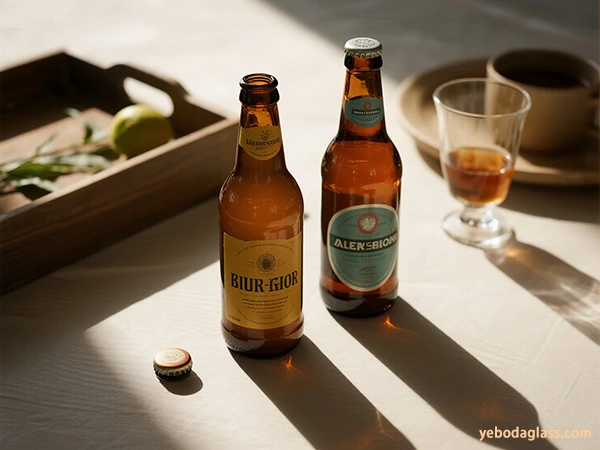
Common types of bottle openers
- Wall-mounted: Commonly used in bar kitchens, one-handed operation, often equipped with a bottle cap collector.
- Speed bottle openers (Bar Blades): Commonly used in professional occasions, can be used as a first-class or second-class lever.
- Multi-function: Combines multiple functions, such as opening wine/beer, or contains magnetic absorbers.
Use things around you
When there is no special bottle opener, everyday objects can be used as improvisational tools, all relying on the principle of leverage, but requiring delicate operation.
Lighter bottle opening method
Common “party tricks”.
- Operation: Hold the bottleneck of the bottle steadily with your non-dominant hand. Use the bottom edge of the lighter as a fulcrum to support the bottom of the bottle cap. Use the thumb or knuckle of your dominant hand to place the top of the bottle cap as another fulcrum. Press down on the other end of the lighter and use the lever to pry it open.
- Safety: Do not use too much force to prevent the bottle cap from flying out or injuring yourself. Choose a sturdy lighter, as plastic lighters are fragile and have the potential for flammable gas.
Key method
Sturdy keys, especially those with flat or tapered ends, can open bottles.
- Operation: The tip or edge of the key is deeply wedged under the bottle cap. Apply pressure upward to pry. You can “twist and pull” or pry at multiple points to gradually loosen it.
- Risk: Fragile keys are prone to deformation/breakage and injury. Keychains can increase grip.
Spoon method
A sturdy metal spoon can also be used.
- Operation: The edge of a sturdy metal spoon is inserted under the bottle cap. The spoon handle is against the hand (base of the thumb or knuckles) as a fulcrum. Press down on the spoon handle and use the lever to pry it open.
- Considerations: The spoon needs to be strong enough to prevent bending. The spoon acts as a kind of lever here.
Common risks and safety tips
All improvisational methods use mechanical advantage to amplify the force applied.
- Risks: Damage to tools/bottles or injury from excessive force. Slipping due to improper positioning. Weak tools that bend/break easily. Cuts, abrasions or burns due to careless handling.
- Materials: Metal tools (keys, spoons, lighters) are generally preferred over plastic due to their rigidity and strength.
Advanced and emergency bottle opening techniques
When you can’t find conventional tools or want to try special techniques, you may use some unconventional methods, but these methods are high-risk and you must be careful.
Risk assessment of extreme bottle opening methods
Using unconventional methods may cause injuries, such as cuts, bumps, and even tooth injuries. The bottle may be broken and glass fragments may fly; hard surfaces such as countertops and door frames may be scratched; and the wine may also be stained with dirt.
Risk analysis of specific methods
- Opening the bottle with teeth: dentists strongly oppose it, and teeth can easily crack or break.
- Opening the bottle with a knife: even a dull knife may slip and injure people.
- Opening the bottle with a countertop or door frame: you must use precise force, otherwise the bottle will crack and you may also be injured.
- Opening the bottle with another bottle: if you don’t hold it firmly, both bottles may break.
- Opening the bottle with paper: it must be hard enough and the technique must be correct, otherwise it will either fail to open or the wine will spill all over the floor.
- Opening a bottle with a shoe: When the lever is used, the bottle may crack.
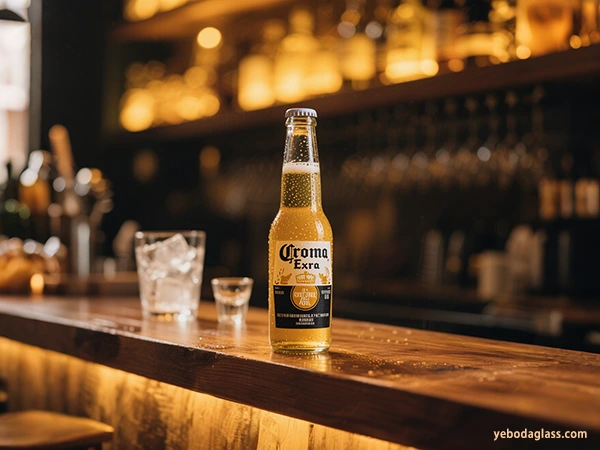
Rare scenarios and psychological factors
These methods are usually the “last resort” when there is no bottle opener, mainly to get a drink immediately. Behind it may be the desire for excitement, impulse, convenience, or the desire to show off in front of friends.
Safety warnings and first aid
- Safety is always the first priority: no matter what unconventional methods are used, safety is the most important.
- Operate when sober: It is best to try when the mind is clear to reduce the possibility of injury.
- Use sturdy tools: Choose something sturdy, be careful not to cut your hand with the edge of the bottle cap.
- Be steady: Apply force slowly and control the movement to avoid the bottle cracking or accidents.
- What to do if you get cut: Rinse the wound with soapy water, cover it with clean gauze after disinfection, and hold it down if it bleeds. Don’t pick the glass shards in the wound yourself.
Opening a twist-off bottle cap: skills and troubleshooting
The twist-off bottle cap can be opened by hand, but sometimes it just won’t turn. Knowing some tips will make it much easier to open.
Sealing principle of twist-off bottle cap
The threads of the bottle cap and the bottle mouth are engaged, and the pad inside presses the bottle mouth tightly, so it can be sealed tightly.
Reasons for stubborn bottle caps
It may be that the vacuum is formed by cooling after filling, or the internal pressure of carbonated beverages is high, which “sucks” the bottle cap tightly; it may also be that the bottle mouth and bottle cap are not aligned with the standard during production and are screwed too tightly.
Troubleshooting tips
- Increase friction: Wear rubber gloves, placed on rubber bands, or wrap them with cloth to shop attempt.
- Take advantage of thermal expansion and contraction: rinse the bottle cap with heat water to allow it enlarge slightly, so it’s far simpler to screw.
- Tap gently: faucet the edge of the bottle cap or the bottom of the bottle, which may additionally loosen the seal.
- Use equipment: use a blade to reduce the tamper-evidence tape, or use pliers to help unscrew it.
Responsibility for opening bottles
When opening a bottle, safety and hygiene must be put first, and avoiding risks can avoid injuries and dirtying the wine.
General protection dangers and prevention
Using keys, spoons, and many others. May reduce your arms or smash gear; the use of enamel to open a bottle is simply too dangerous in your teeth; the cork of carbonated drinks such as champagne might also come out and harm your eyes, so do not shake it when commencing it, stay far from humans, and use a towel to dam it; carbonated drink bottles may additionally explode, so put them in a cool region and do not shake them; child protection caps need to be opened consistent with the approach, otherwise they will get injured.
Best Practices for Injury Prevention
It is most secure to use a devoted bottle opener; when the use of different tools, you need to understand a way to leverage, maintain it firmly, and practice pressure slowly; wear reduce-resistant gloves or goggles whilst the risk is excessive; do no longer open the bottle yourself after drinking or when you are worn-out, because it is straightforward to get into hassle.
Hygiene issues
Wash your palms earlier than commencing the bottle, keep the environment clean, and do not dirty the wine; child bottles need to be thoroughly washed and disinfected, and do now not wipe them with a towel to keep away from secondary contamination.
Minimize damage to bottles or bottle caps
When using a bottle opener, place a coin under it, or pry it gently to protect the bottle cap; freeze the bottle until it is frozen, and the bottle cap may fall off by itself without breaking; when opening a carbonated beverage, twist the bottle body instead of the cork, and press the cork to prevent it from bouncing off.
Safe disposal
Wrap broken glass in paper and throw it in the trash can, label it “broken glass”, and don’t throw it in the recycling bin; clean the contents of intact glass bottles, wash chemical bottles three times and then dispose of them according to regulations, wipe off the labels, remove the bottle caps to confirm that they are empty.
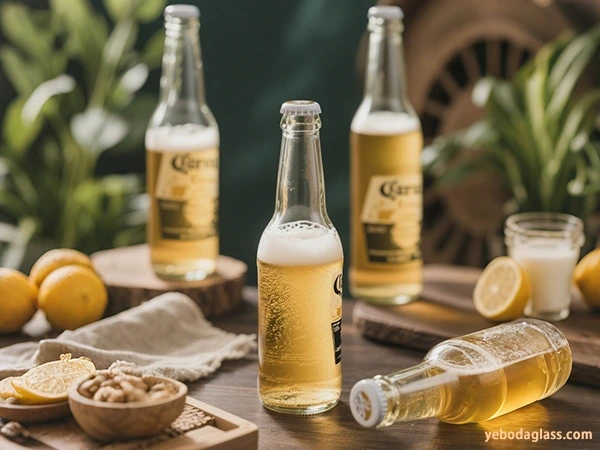
Conclusion
This article explains the various methods, risks and safety points of how to open a beer bottle. In fact, there is a lot of knowledge hidden in the matter of opening a bottle.
YEBODA beer bottles are designed with ease and safety in mind, and understand everyone’s needs for quality and convenience.
Advantages of YEBODA: The bottle cap is designed with 21 teeth according to the international standard, which is tightly sealed and does not leak beer. There is a sense of ceremony when opening; the bottle body is made of high-quality glass, the bottleneck is stable and not easy to crack; there are easy-to-open screw caps, so you can drink easily at any time; safety and hygiene are strictly guaranteed during production, and attention is also paid to environmental protection and new trends in smart bottle opening.
Choosing YEBODA means choosing quality, safety and good experience. When you raise your glass, start your happiness in the right way.

